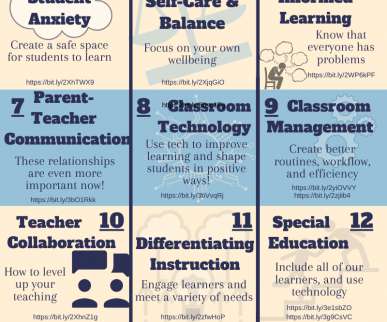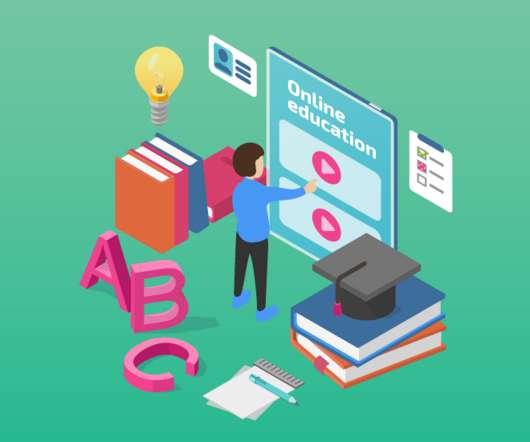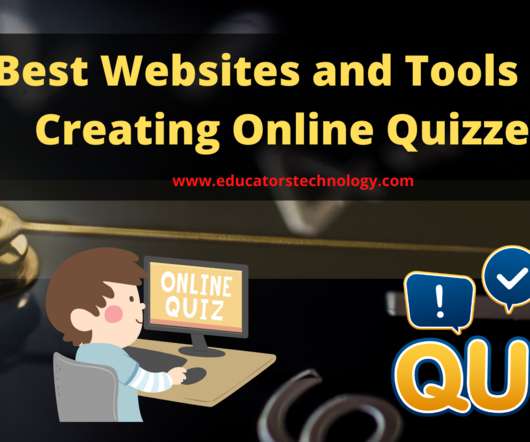20 Ways to Personalize Your Learning This Summer
The CoolCatTeacher
JUNE 15, 2020
Course: Designing Blended Learning for Student Engagement and Achievement “By the end of the course, you will be able to design and implement meaningful blended learning experiences with objective-aligned assessments and activities that foster core 21st-century skills.”















Let's personalize your content